Hackaday, we have a problem. There are a lot of people on this earth and not a lot of health care workers. Let’s use our skills to help alleviate this problem. What can we do to give medical professionals a wider reach, to bridge the distances between hospital and patient, and make it easier for bystanders to administer lifesaving care.
Scope of the Problem
We’d wager that your most recent and vivid remembrance of a health care worker shortage is the Ebola outbreak in West Africa. The shortage of trained professionals and supplies certainly compounded the situation in the countries worst hit. But it didn’t create the problem. Check out this list of doctors per 1,000 people (sorted lowest-to-highest with 2010 numbers). The three countries hit hardest by the outbreak — Guinea, Liberia, and Sierra Leone — register a whopping 0.0 doctors for every 1000 people. Yeah, that’s years before the outbreak.
Keep scrolling down and you’ll see that this isn’t limited to one geographic location. All over the world there are low numbers, with India and Iraq both at 0.6, and interestingly Cuba and Qatar topping the list at 6.7 and 7.7 respectively.
This isn’t a statistics post so let’s pivot. The point is made that we’re a large world population. What kind of engineering solutions can we wield to help provide everyone with the care they need? Leave your comments below but also considered entering the Hackaday Prize with them. Write down your idea as a Hackaday.io project and tag it 2015 Hackaday Prize.
Proof That We Can Do This
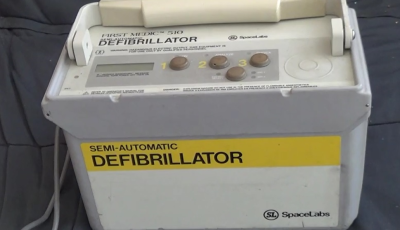 It’s safe to say we’ve all seen engineering solve part of this problem already. Over the last decade, Automatic External Defibrillators have become ubiquitous. The life-saving hardware is designed to be used by non-doctors to save someone whose heart rhythms have become irregular. [Chris Nefcy] helped develop AEDs and one ended up saving his life. If that’s not proof that we can change the world with our builds we don’t know what is.
It’s safe to say we’ve all seen engineering solve part of this problem already. Over the last decade, Automatic External Defibrillators have become ubiquitous. The life-saving hardware is designed to be used by non-doctors to save someone whose heart rhythms have become irregular. [Chris Nefcy] helped develop AEDs and one ended up saving his life. If that’s not proof that we can change the world with our builds we don’t know what is.
Pull on that thinking cap and jump into this conversation. What can we build? What problems need to be solved right now? Where should each of us be looking to make a difference in the availability of health care in the absence of the trained professionals?








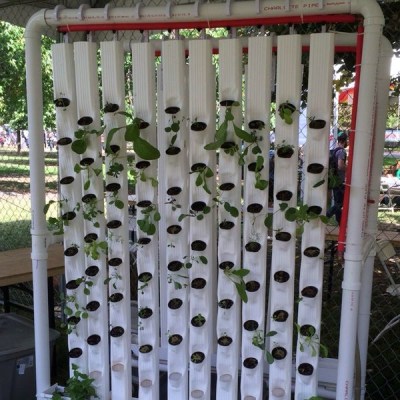 To get rolling, we started thinking about three things that are needed to convince people to grow their own food or live off the land.
To get rolling, we started thinking about three things that are needed to convince people to grow their own food or live off the land.

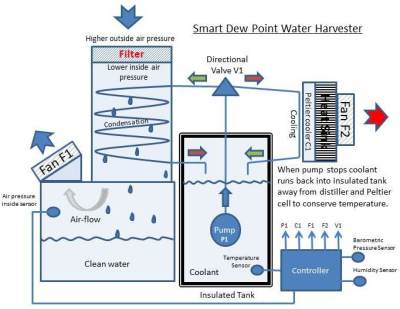 That’s right, windtraps. Like the
That’s right, windtraps. Like the 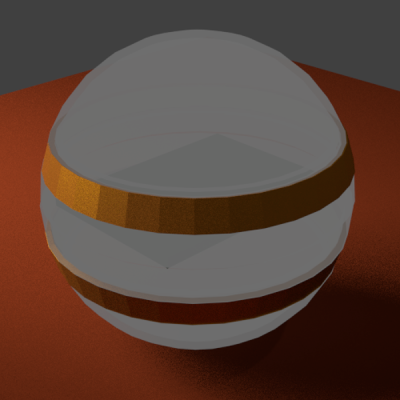 Simple but powerful: only water when the plants need it! Here are several entries focused on sensors that make sure fields are being watered more efficiently.
Simple but powerful: only water when the plants need it! Here are several entries focused on sensors that make sure fields are being watered more efficiently.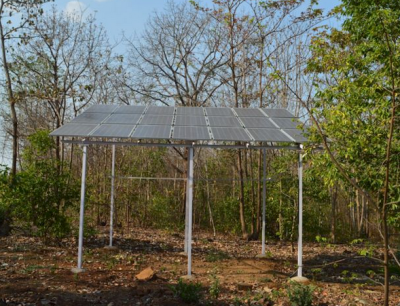 Two projects tackled plumbing. The first is the
Two projects tackled plumbing. The first is the 

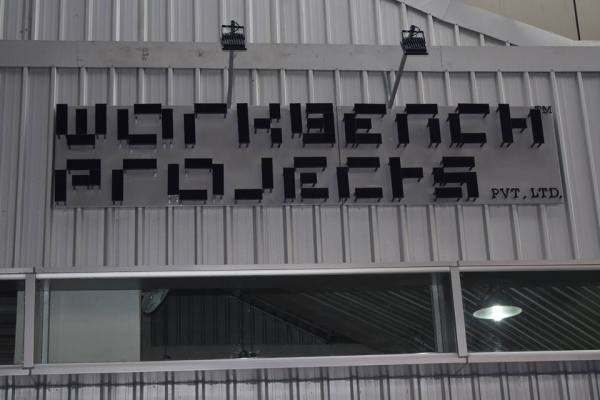



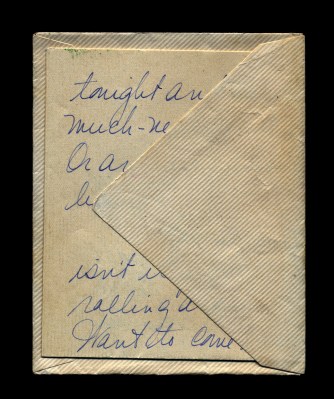 The way things work right now, you go to the store and pick out a card. You write a personal message inside, lick, stamp, and send it through the mail. The thing is, this card is probably already in a store down the street from your mother. What if you could digitize your handwritten message and have it printed on the card and delivered from a local repository? Take it a step further, assuming that these cards are bulk-printed in one central location and distributed widely, does it save any resources to decentralize the production of the cards and make production local so that the finished goods are not being transported more than 500 miles? And for those skeptics saying that you can’t add a check or cash to the card when done this way… yes you can!
The way things work right now, you go to the store and pick out a card. You write a personal message inside, lick, stamp, and send it through the mail. The thing is, this card is probably already in a store down the street from your mother. What if you could digitize your handwritten message and have it printed on the card and delivered from a local repository? Take it a step further, assuming that these cards are bulk-printed in one central location and distributed widely, does it save any resources to decentralize the production of the cards and make production local so that the finished goods are not being transported more than 500 miles? And for those skeptics saying that you can’t add a check or cash to the card when done this way… yes you can!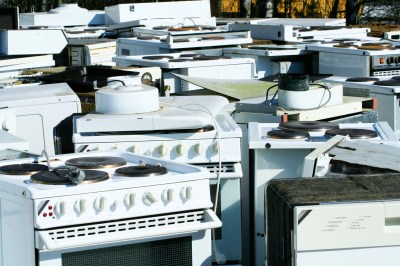 Standard practice is that the part be ordered from a parts supplier (either by you or by a serviceman). These suppliers keep a stock of common parts which are well documented in a huge library of service manuals for the myriad of home appliances out there. But when you get right down to it, it’s just a little plastic bauble. Let’s assume all of these are made in a single factory in huge production runs that supply both the manufacturer and the legacy parts houses. What if instead of this you could have these parts 3D printed by a business within 500 miles of where they are needed. There are industrial-grade 3D printing techniques that produce parts strong enough to act as a replacement. Where do you come down on resource saving between the two methods?
Standard practice is that the part be ordered from a parts supplier (either by you or by a serviceman). These suppliers keep a stock of common parts which are well documented in a huge library of service manuals for the myriad of home appliances out there. But when you get right down to it, it’s just a little plastic bauble. Let’s assume all of these are made in a single factory in huge production runs that supply both the manufacturer and the legacy parts houses. What if instead of this you could have these parts 3D printed by a business within 500 miles of where they are needed. There are industrial-grade 3D printing techniques that produce parts strong enough to act as a replacement. Where do you come down on resource saving between the two methods?









